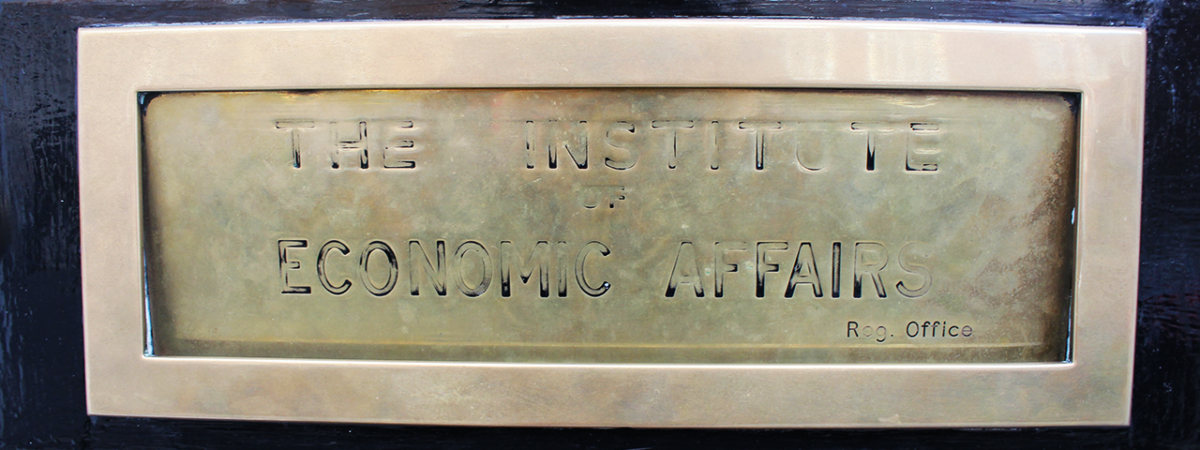Ethnic pay monitoring will lead to misleading comparisons
SUGGESTED



My rough estimate from published government data on workforce ethnicity is that a business employing 250 people which was absolutely typical would have approximately 197 White British workers, 21 White Other, 7 of Indian heritage, 4 with Pakistani heritage, 4 Black Africans, 3 Mixed, 3 Asian Others, 2 Bangladeshi, 2 Black Caribbean, 1 Black Other and just 1 of Chinese heritage (the other 4 workers would be unclassified).
Clearly for businesses of this size it is often not going to be possible to make meaningful comparisons at this level of detail – and we should bear in mind that even this level of generalisation involves simplification. For example the categories “Mixed” or “Asian Other” could be broken down further.
The obvious thing will be to classify into much simpler categories – White and All Ethnic Minorities, or White, Black, Asian and Others. When the pay data are revealed, the media will publicise some businesses as wonderful role models. It is likely that many more will be denounced as institutionally racist. Many of those firms which welcomed pay monitoring in the government’s recent consultation exercise will be embarrassed to find themselves in the firing line.
Positive or negative judgments will almost certainly be misleading if based on crude pay comparisons. We know two things from national survey data.
One, that pay gaps differ considerably according to main ethnicities (and within these, by gender). Thus for men hourly earnings are highest for those of Chinese heritage, then White British, then Indian heritage, Black Caribbean, Black African, Pakistani and finally Bangladeshi heritage. For women, the order is different. Black Caribbean women have the highest hourly pay, then Chinese, then Indian heritage, then White British, then Black African, Pakistani and Bangladeshi. It is apparent from this that the precise ethnic make-up of a company’s workforce will have a marked effect on simple versions of the ethnic pay gap, meaning that incorrect inferences may be drawn that one business is a “better” employer than another.
Two, national evidence shows that ethnic occupational pay gaps are smaller than general ethnic pay gaps. The ethnic pay differentials between doctors or accountants on the one hand, or retail assistants on the other, are relatively small. The bigger issue is that those ethnicities with lower average pay are concentrated in low-paying occupations. Businesses may attempt to mitigate this by mentoring programmes which fast-track disadvantaged minorities into better-paying jobs, although they need to be careful that this doesn’t slip into illegal positive discrimination.
But this can only go so far. If low-paid jobs are disproportionately held by some ethnic minorities, you can’t easily change this by recruiting more White Brits into these jobs.
The temptation may then be for businesses with large concentrations of low-paid minority workers to replace them by investment in automation, or else to outsource this work to smaller businesses, to improve their pay gap figure. It is not apparent that either of these strategies will benefit these disadvantaged workers.
I do not think that the government should require publication of company-level ethnic pay gaps. However, given that this requirement is probably now a foregone conclusion, my advice to businesses is to dig down below the crude pay ratios to look in detail at who exactly your workforce is, and how the various groups you employ compare with their equivalents nationally. This may possibly lead to some sensible policies you could devise to equalise opportunities if there are real problems shown. At the least it may enable you to offer a better explanation of the figure you are required to publish and may marginally improve your public image.




